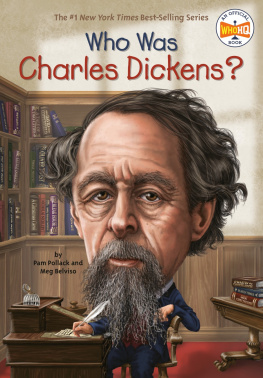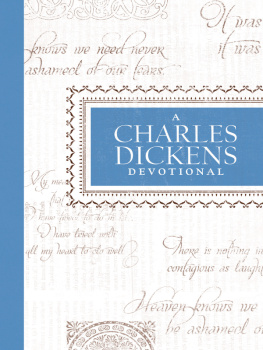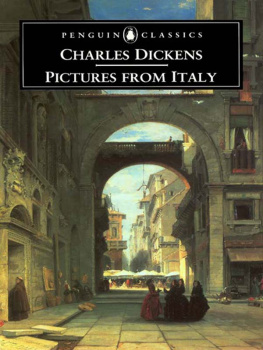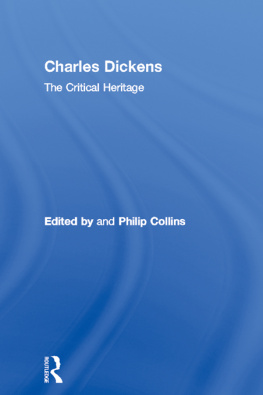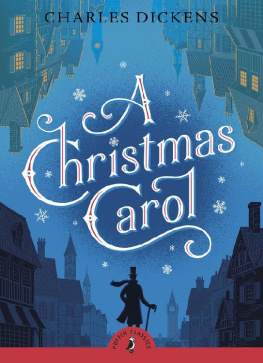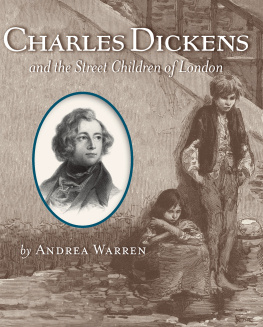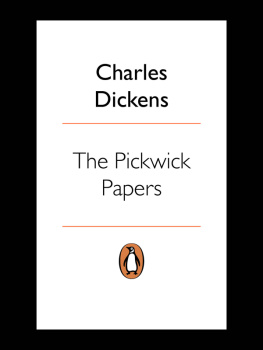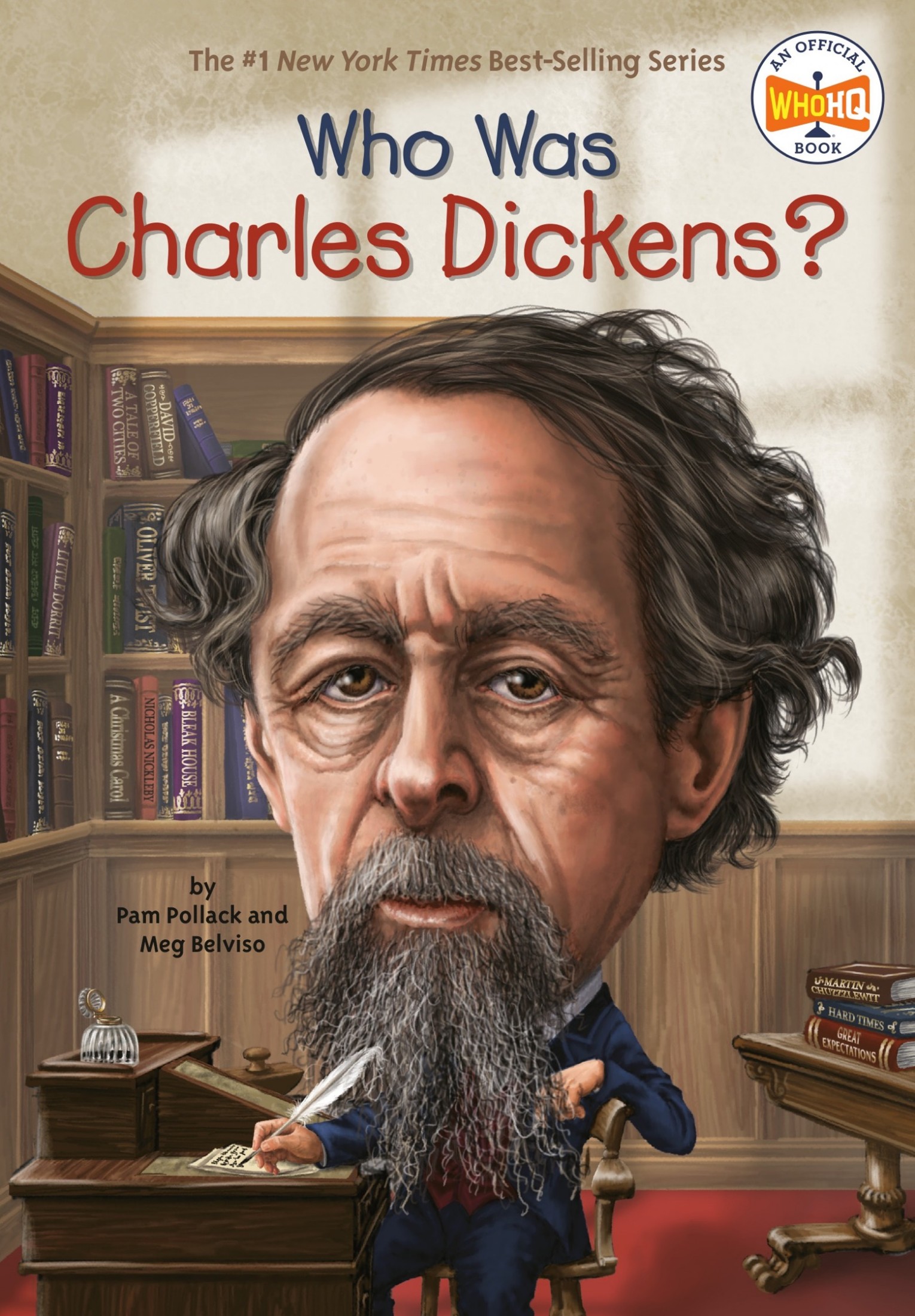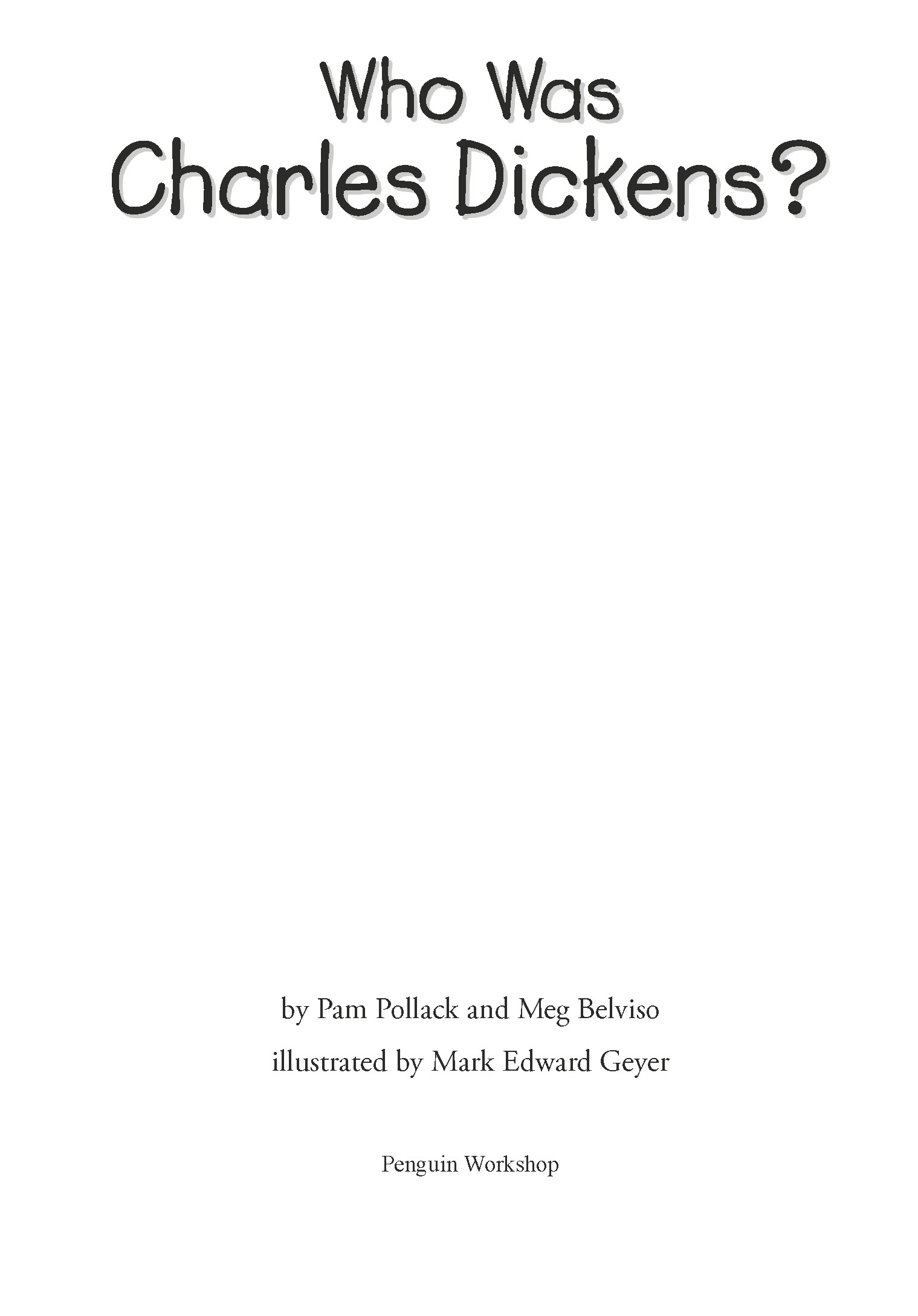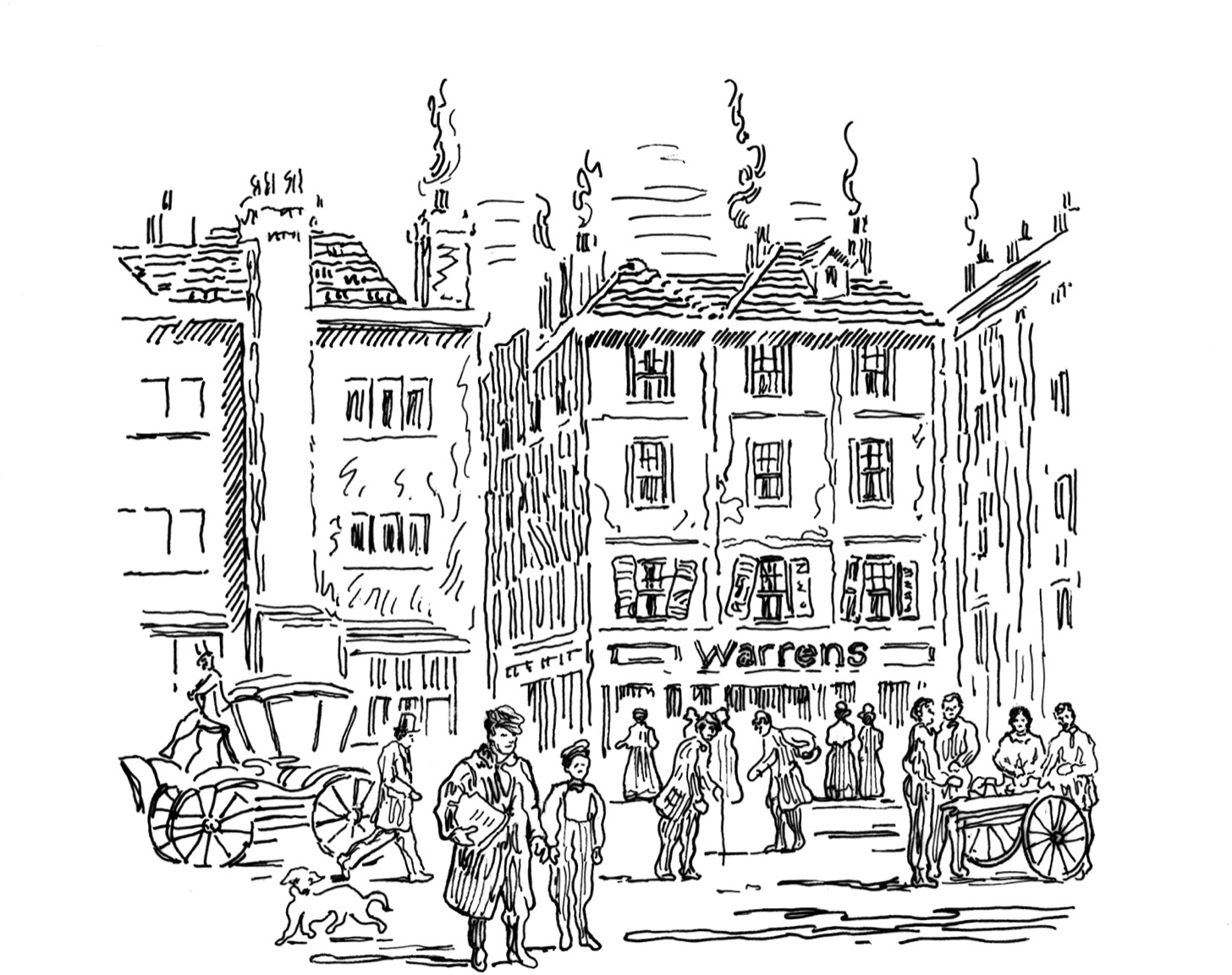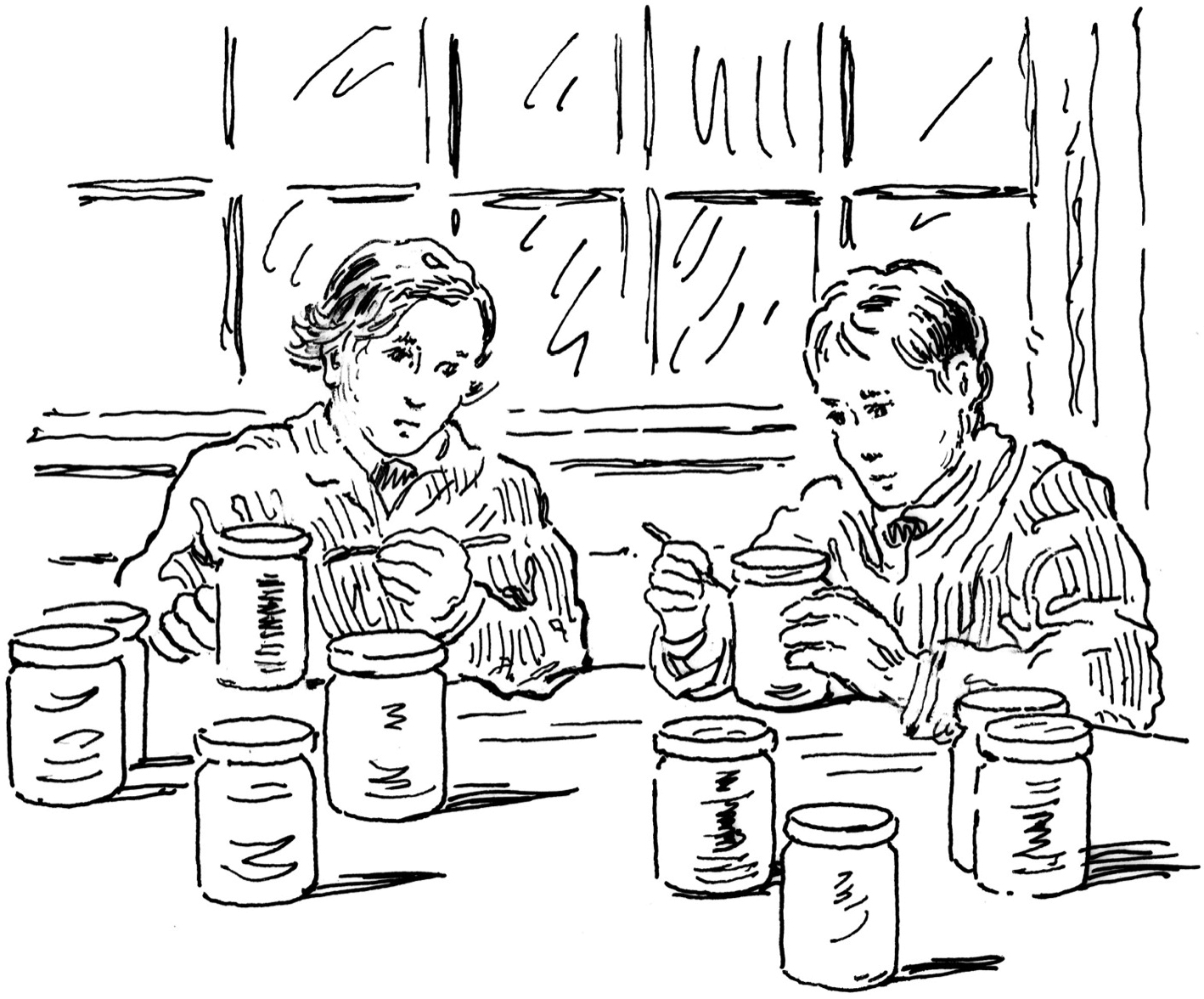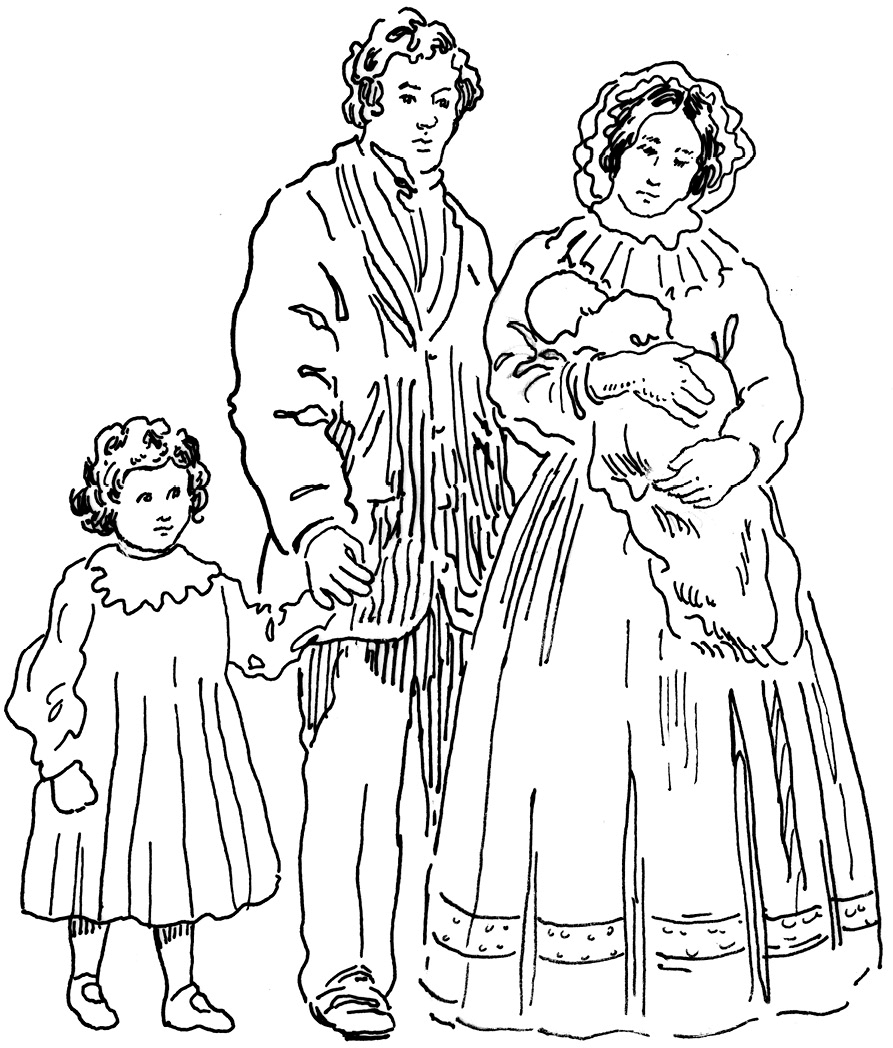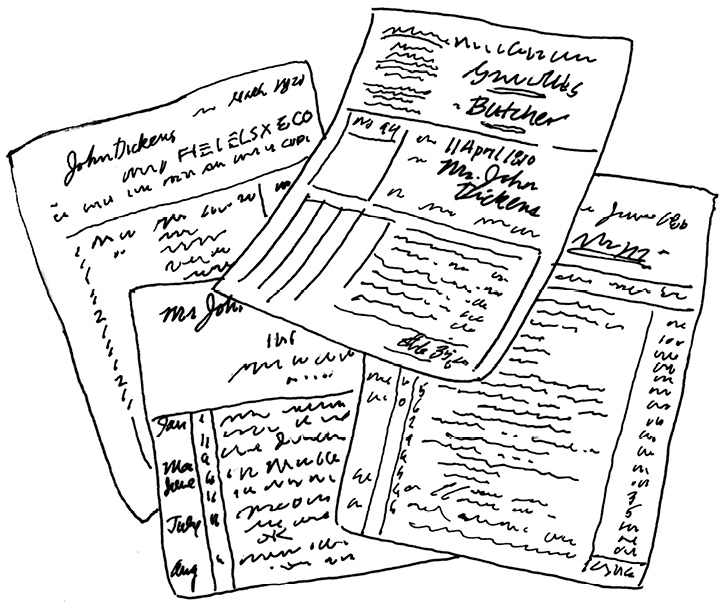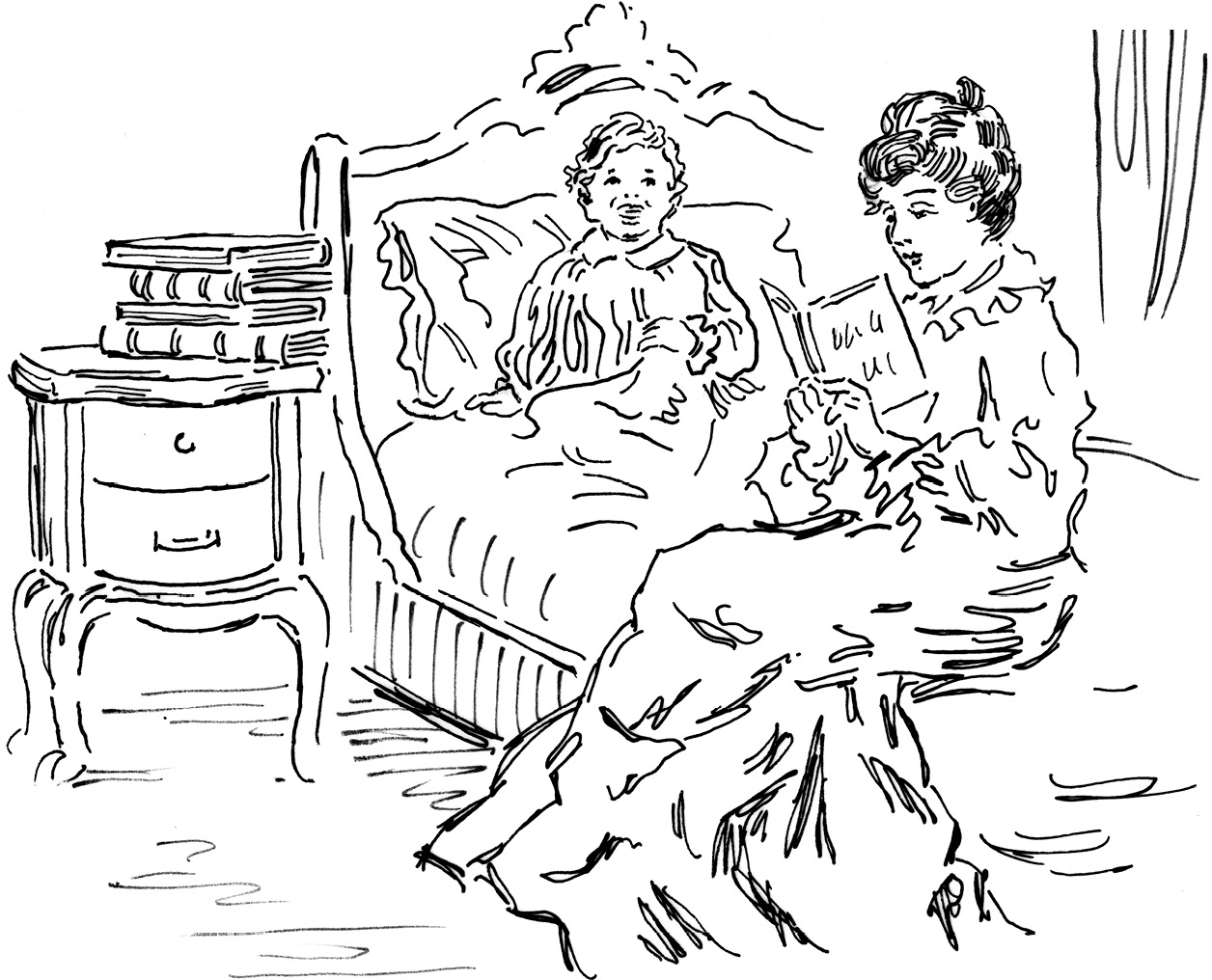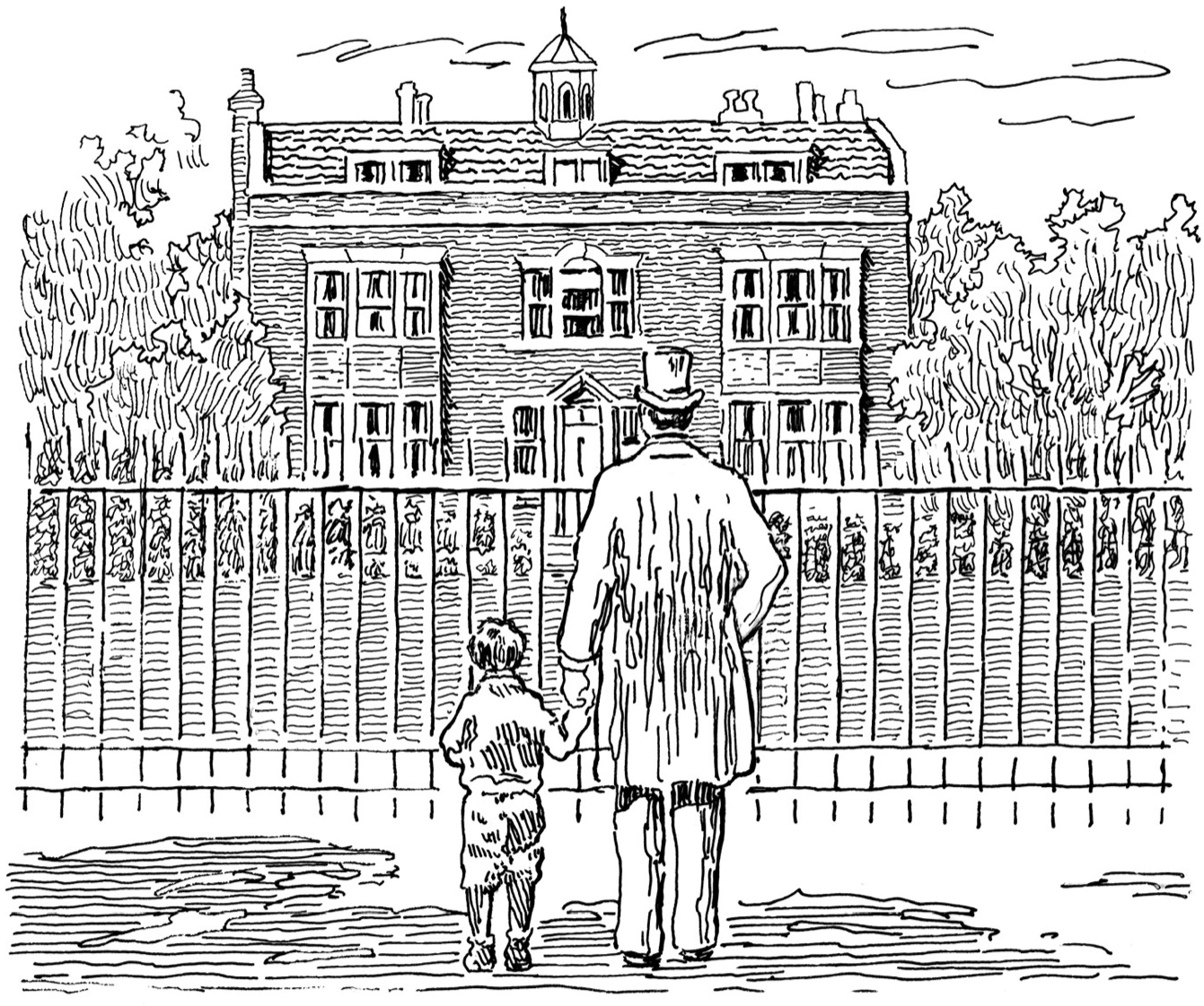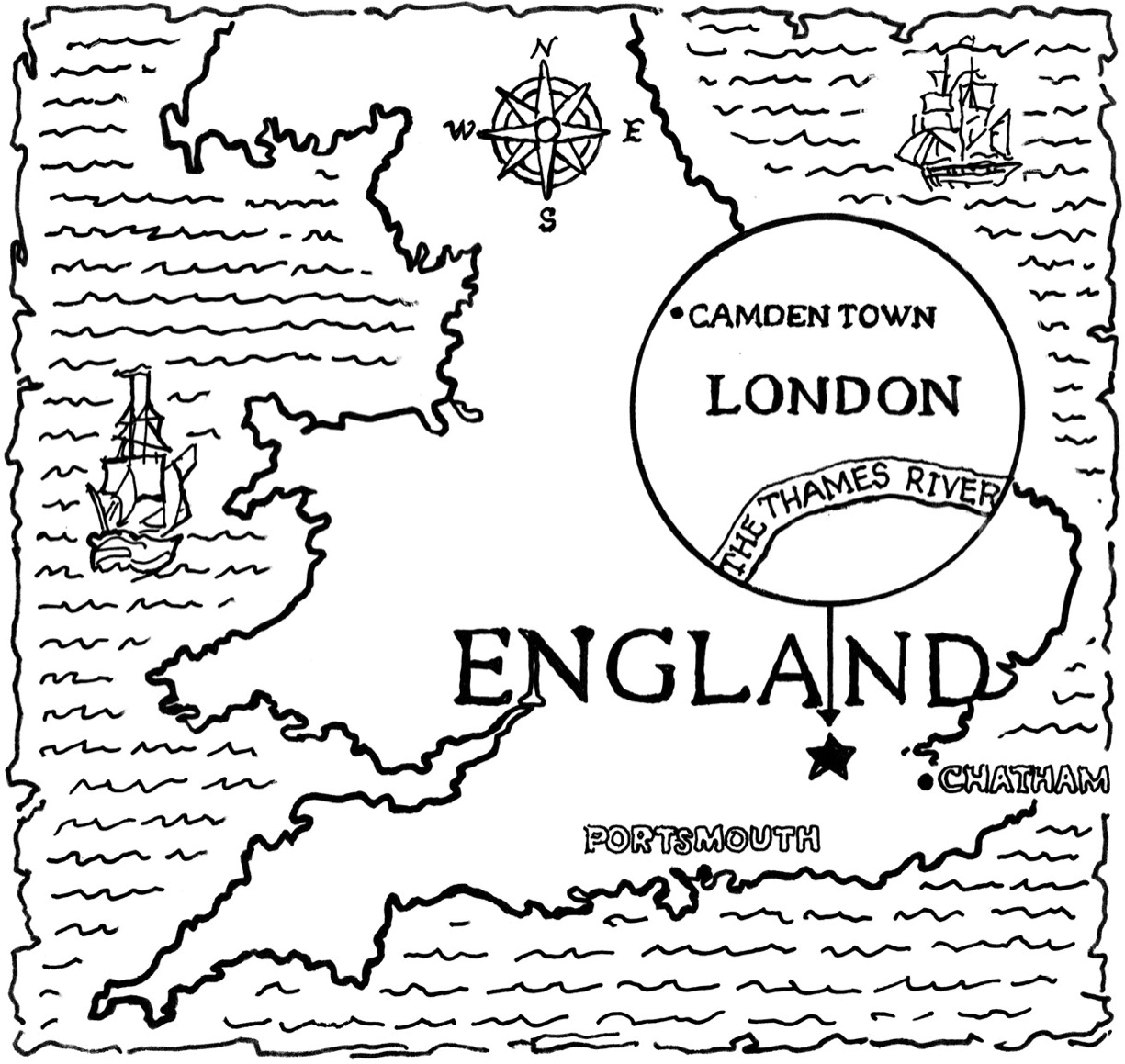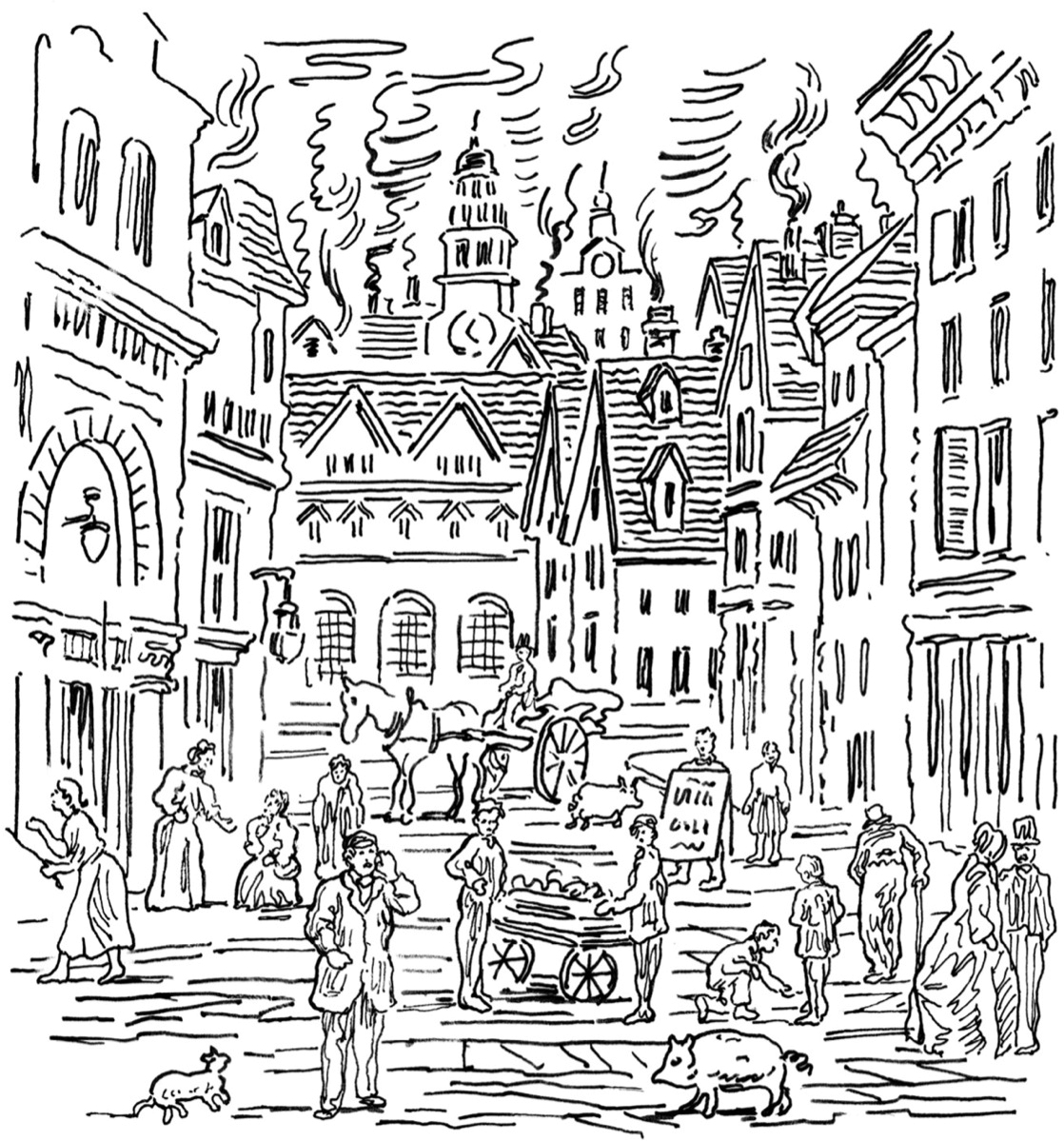To Paula Manzanero and the ghosts of books past, present, and futurePP & MB
For my mother, Joan Lavigueur Geyer, a great artist. What you taught me cannot be measuredMEG
PENGUIN WORKSHOP
An Imprint of Penguin Random House LLC, New York

Penguin supports copyright. Copyright fuels creativity, encourages diverse voices, promotes free speech, and creates a vibrant culture. Thank you for buying an authorized edition of this book and for complying with copyright laws by not reproducing, scanning, or distributing any part of it in any form without permission. You are supporting writers and allowing Penguin to continue to publish books for every reader.
The publisher does not have any control over and does not assume any responsibility for author or third-party websites or their content.
Text copyright 2014 by Pam Pollack and Meg Belviso.
Illustrations copyright 2014 by Penguin Random House LLC. All rights reserved. Published by Penguin Workshop, an imprint of Penguin Random House LLC, New York. PENGUIN and PENGUIN WORKSHOP are trademarks of Penguin Books Ltd. WHO HQ & Design is a registered trademark of Penguin Random House LLC.
Visit us online at www.penguinrandomhouse.com.
Library of Congress Control Number: 2014958190
ISBN 9780448479675 (paperback)
ISBN 9780698187313 (ebook)
Version_2
Contents
Who Was Charles Dickens?
On Chandos Street in London, just northwest of Covent Gardens bustling markets, Warrens factory produced blacking paste, which was used for shoe polish. In 1824, there was a curious show in the window of Warrens blacking factory. Ladies and gentleman were often drawn to the window to see it.
Two boys, one twelve years old, the other a little older, sat side by side. Their job was to seal and label the blacking jars. They worked six days a week for ten hours a day. The boys had to be quick to get their work done. To make the day interesting theyd made a game of it, competing to see who could be fastest. They were so speedy that people on the street stopped to stare at them.
The older boy was an orphan named Bob Fagin. He didnt mind people watching him work. The other boy was Charles Dickens. For him, sitting in the window of Warrens blacking factory was the worst thing he could imagine.
Charles dreamed of going to school, maybe even one of the great English universities like Oxford or Cambridge. He loved to read and sometimes even wrote stories of his own. John Dickens, Charless father, always spent more money than he earned. When John fell into debt, he could no longer afford his family of seven children. So Charles was taken out of school and sent to work. He was heartbroken and embarrassed. What if he spent his whole life trapped in a factory window, laughed at by people on the street? He couldnt believe his parents had done this to him. He prayed to be lifted out of the humiliation and neglect.
When Charles grew up, he would write many stories about poor children living lonely, harsh lives. His stories would become some of the most widely read and beloved books in the world.
It wasnt until after his death that people learned Charles Dickens was once one of those poor children, too.
Chapter 1
Welcome to London
Charles Dickens was born in Portsmouth, England, on February 7, 1812. His father, John, worked for the Navy Pay Office. John earned a steady salary and he liked to spend money on himself, his friends, his wife, and his two children, Fanny and Charles. Over the next few years, the Dickenses would have seven children in all. With so many children, and a limited salary, John needed to be very careful about how he spent his money. Unfortunately, John was never careful about money. If he didnt have money to pay for bread, he would put it on a bill at the bakers to pay later. By the time the baker was demanding to be paid, John owed money to many other peoplethe shoemaker, the butcher, the tailor. Even then, instead of saving every penny to pay them back, he would have an expensive meal at a restaurant. He always just imagined hed find the money somewhere, but he never did.
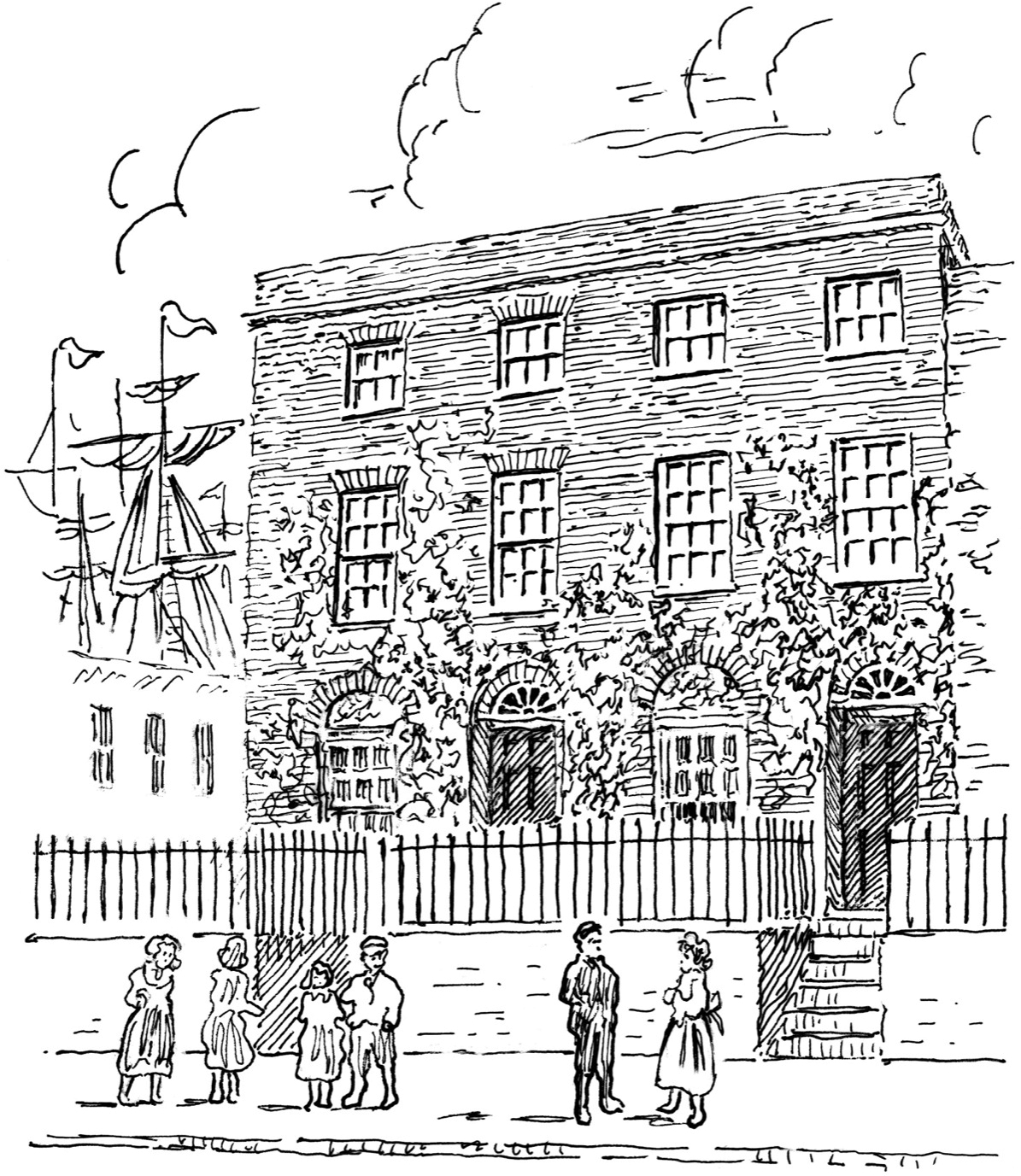
When Charles was five, his family moved to Chatham, a naval town on the Thames River. Charles loved Chatham. He had lots of other children to play with. He enjoyed school. Sometimes Charles did not feel well. He suffered with pains in his side that kept him in bed. But his family had a nursemaida young woman who looked after the children. She was named Mary Weller. Mary told wonderfuland terrifyingbedtime stories to Charles. He also loved to read on his own. His favorite books were Peregrine Pickle, Tom Jones, and Tales of the Arabian Nights. Sometimes he wrote stories of his own, like Misnar, Sultan of India. He hoped one day to become as good a storyteller as Mary.
Sometimes Charles and his father took walks around the town. One day they stopped in front of a beautiful house on Gads Hill. It was large and made of brick with a view of the whole countryside. Charles said he would like to live in that house one day. His father told him that if he worked very hard, one day he might do so.
In 1822, when Charles was ten, his father was transferred to London, the capital city of England. The Dickens family moved to a neighborhood called Camden Town. London was a new world for Charles. There were over 1.3 million people living in London at that time. That was two hundred thousand more people than just twenty years earlier. London was growing fast.
New inventions had led to an increase in factory work. People who once lived in the country now moved to the city for factory jobs. These jobs were often low-paying, and there were not enough of them for all the people coming to London.

